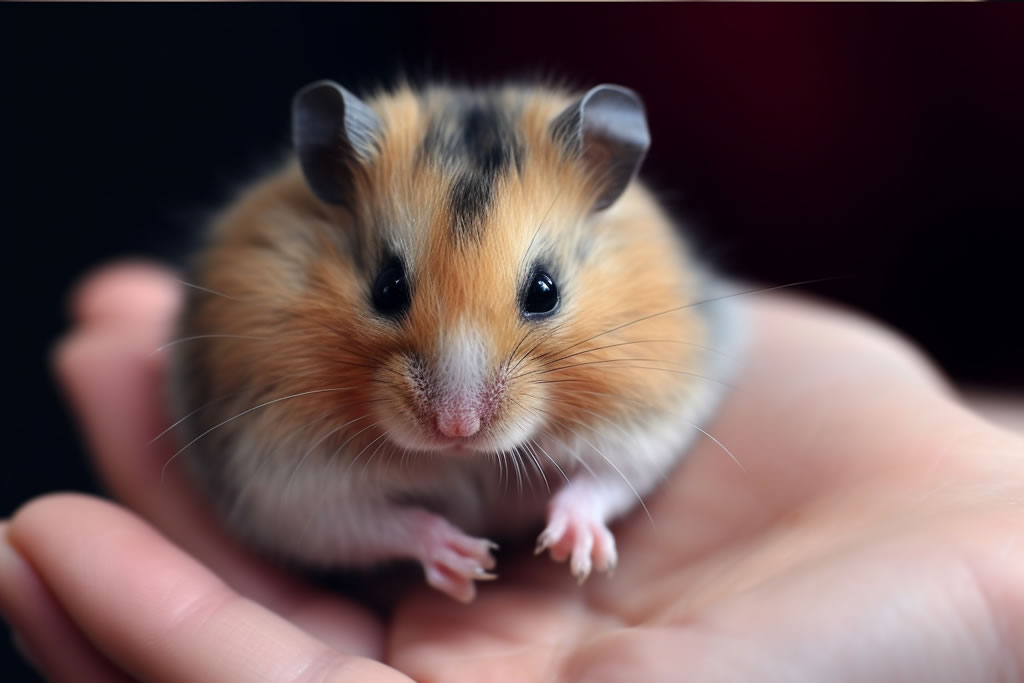We’ve all done it—stood mesmerized by those twitching noses at Petco, then impulse-bought a hamster that later gnaws through your $200 noise-canceling headphones. After adopting Mr. Bitey (RIP) and his 7 successors, here’s my brutally honest guide to choosing your perfect fuzzy overlord.
Step 1: The Great Pet Store Recon Mission
Leave Your Heart at Home—This Is War
What Salespeople Won’t Tell You Checklist
| Red Flag | Sneaky Disguise | Reality Check |
|---|---|---|
| “They’re all friendly!” | Hamster sleeping cutely | That’s actually lethargy from stress |
| “Great starter pet!” | Tiny cheap cage display | You’ll upgrade 3x within 2 months |
| “Siblings get along!” | Cuddling dwarfs | Time bomb waiting to explode |
Pro Tip: Visit stores at opening—staff haven’t cleaned yet. Sniff cages for ammonia smells (urine = poor care).
The 5-Second Health Scan (Don’t Get Played)
| Body Part | Store Display Perfect | Actual Healthy Sign |
|---|---|---|
| Eyes | Shiny black beads | No crusties (but morning eye boogers happen) |
| Butt | Fluffy perfection | Dry, no “poo pancakes” stuck |
| Fur | Instagram-ready fluff | Slightly oily (they’re natural greasers) |
| Teeth | Invisible | Slight yellowing (white = malnutrition) |
| Energy Level | Running wheel nonstop | Pauses to side-eye you judgmentally |
Confession: I once adopted a hamster with a hidden limp. $400 later—turns out he’d been cage-fighting.
Personality Test: Beyond the “Cute Factor”
The Coffee Ground Method™ (Patented by My 5am Frustrations)
- Tap cage gently with car keys
- Observe reactions:
| Reaction | Personality Type | Owner Match |
|---|---|---|
| Freezes | Professional hider | Introverts working night shifts |
| Charges glass | Future escape artist | Parkour enthusiasts |
| Starts grooming | Confident diva | Reality TV binge-watchers |
| Ignores you | Senior citizen hamster | People who forget feedings |
Breed Breakdown: It’s Not Just Fluff Depth
Real-World Compatibility Chart
| Breed | Best For | Will Destroy |
|---|---|---|
| Syrian | Handsniffers | Your sleep schedule |
| Roborovski | Documentary filmmakers | Baby-proofing claims |
| Chinese | Failed snake owners | Curtain rods |
| Dwarf Pairs | Drama addicts | Your peace of mind |
DIY Test: Ask to hold a paper towel tube. If they immediately claim it as territory—congrats, it’s a Syrian.
The 24-Hour Trial Period (They’ll Never Know)
Covert Health Monitoring Kit
- Pocket scale: Weigh in store, then next day (3% weight loss = red flag)
- Blacklight flashlight: Check for mysterious stains (PetSmart hates this trick)
- Sunflower seed: Refusal = probable dental issues
True Story: My “healthy” Winter White pooped green for days—turns out the store fed them St. Patrick’s Day pellets.
Socialization: Breaking the “Cage Crazy” Cycle
Taming Timeline Comparison
| Method | Pet Store Claim | Actual Timeline (With Wine) |
|---|---|---|
| Hand-feeding | 3 days | 3 weeks + Band-Aid stock |
| Free-roaming | Builds trust | Builds escape routes |
| Talking softly | Calms hamster | Entertains neighbors |
Hack: Wear old socks for 2 days, then leave in cage. They’ll bond with your stink.
The Setup Test: What Actually Works
Budget vs. Hamster-Approved Gear
| Item | Cheap Version | Why You’ll Upgrade |
|---|---|---|
| Wheel | Plastic 6” | Sounds like dying seagulls |
| Water bottle | $1.99 special | Leaks, causes mold |
| Hideout | Toilet paper roll | Becomes projectile at 3AM |
| Bedding | Newspaper shreds | Turns into inky confetti |
Final Checklist: Don’t Leave Without…
- Watching them pee (clear = good, cloudy = vet ASAP)
- Checking ear wax (yes really—crusty ears = mites)
- Testing grip strength (weak = possible paralysis)
- Listening for sneezes (dust allergy red flag)
Epilogue: My Greatest Regret
That time I chose a hamster because he “looked wise.” Turns out his squinty eyes were a respiratory infection. $150 later, Sir Wheeze-a-lot lived 2 glorious years chewing my tax documents.


